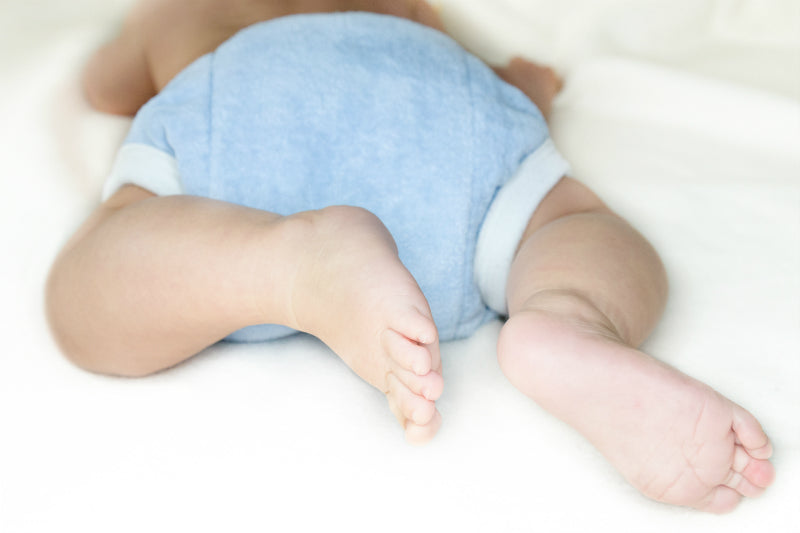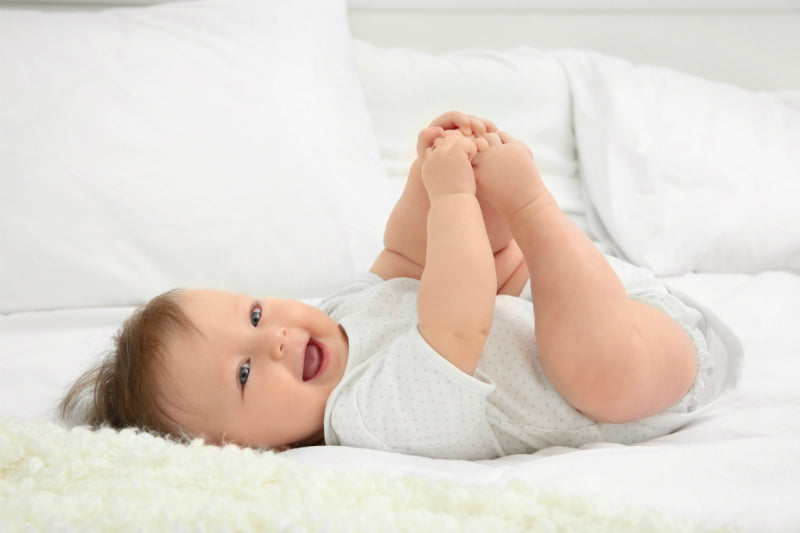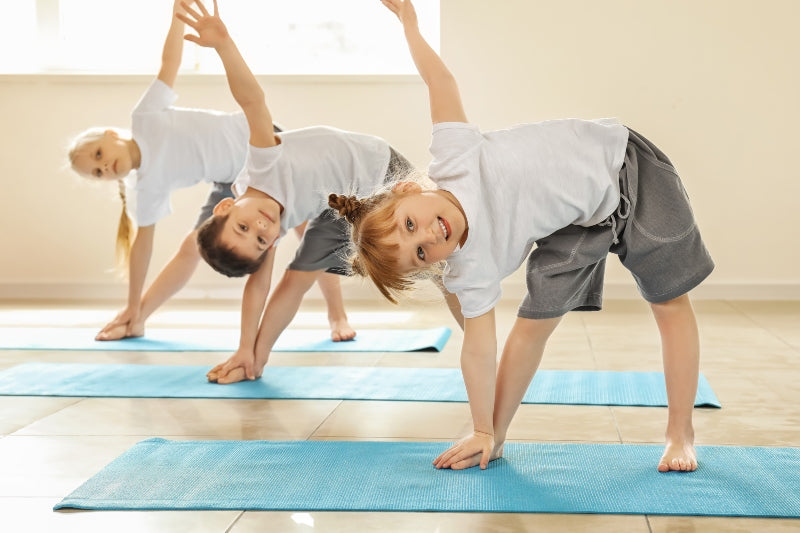" How to get Nuscheli into shape "
Before disposable diapers were developed, only cloth diapers were available for babies. Today, things are a little different. Disposable diapers are available in abundance and of course in every conceivable size. The simple benefits of these cannot be denied and yet more and more new parents are remembering the advantages of a soft and highly absorbent cloth diaper. The so-called muslin diapers have many advantages. They are not only easy on the wallet, but also on the environment. Many babies also tolerate natural diapers much better!
Nuscheli - cuddly cloth, burp cloth, diaper
Gauze is a cotton fabric that is extremely absorbent due to its special weave. Cloth diapers are used in many different ways and are currently experiencing a real renaissance.


While the mostly very colorful muslins were primarily used as a burp cloth or cuddle cloth, some parents are returning to their origins and using these natural diapers for their original purpose. It is relatively easy and quick to learn how to fold cloth diapers.
Advantages of muslin diapers
The high absorbency of muslin nappies is beyond question. In addition, these special natural diapers are very well tolerated by sensitive baby skin. If you are also thinking about putting a cloth diaper on your little one, you can find out here which folding techniques are best suited. Of course, a little skill is required. But with a little routine and practice, you can put them on almost as quickly as you are used to with disposable diapers.

Incidentally, many parents consider the combination of both products to be absolutely ideal. Disposable diapers are certainly the better choice when traveling and on the go. At home and overnight, the cloth diapers do a very good job. Especially in the first few weeks, when the baby is not yet eating solid food, the soft cloth diapers are wonderfully soft. They absorb sufficient liquid and of course also hold the soft milk stool well. They can be washed in the machine at a minimum of 60 degrees Celsius (90 degrees is recommended for white gauze diapers) and are hygienically clean and ready for the next use.
Folding cloth diapers: Folding technique for newborns
There are various ways to put a cloth diaper on a baby. First try folding cloth diapers on a baby doll. This will teach you a few important steps before you try it on your own child. Get the gauze diaper and a pair of overpants ready and you're ready to go.


The following steps will help you to fold the cloth diaper correctly:
Method I: The kite - folding cloth diapers without baby first
- First lay the muslin cloth flat in front of you. Lay the diaper with the pointed side facing down so that the corners are opposite each other.
- Fold the outer corners inwards towards the middle to create the familiar kite shape.
- Now fold the top corner in towards the center.
- Now fold the long sides over each other in the middle.

Putting the diaper on the baby
Putting on the baby
- Fold the cloth diaper as described above.
- Now place your baby on the cloth diaper.
- Now place the lower end of the Nuscheli between the legs and up to the shoulder.
- Place the side tails one after the other from left to right and vice versa.
- Now bring the long end back down between the legs.
- Now put a pair of overpants on your baby so that the diaper stays in place.
Folding diapers for older babies
You can apply a cloth diaper to toddlers using other diapering techniques. The classic method is called the triangular shape. This is one of the simpler changing techniques.

You can now find out step by step how to fold the diaper to change your baby using this classic method:
Method II: The triangle - folding cloth diapers without a baby
- Take two gauze diapers.
- Lay one gauze diaper in front of you with the tips facing down.
- Now fold the bottom side upwards to form a triangle.
- Fold the second gauze diaper into a narrow strip so that it can be placed in the middle of the triangle.
This is how you swaddle your baby with the triangle shape:
- Prepare the cloth diaper as previously described.
- Now place your baby on the cloth diaper.
- Pull the bottom corner with the inserted diaper up to belly button height between the legs.
- Now place the first side over it and tuck it in on the opposite side between the fabric and your little diaper wearer.
- Place the other side over it and tuck it in again between the fabric and the baby.
- Last but not least, slip another pair of lightweight overtrousers over it.


Accessories for natural diapers
In addition to the various changing methods, you also have the option of fastening the cloth diapers with the help of so-called snappies. It is better not to use safety pins. Even if it was common practice in the past.
Once you have developed a little more routine, cloth diapers will hold quite well.
Especially if you use appropriate overpants. However, when changing, make sure that the full diaper does not immediately slide off with the overpants. Ultimately, however, it's all a question of practice.
Tips before first use
Gauze diapers usually only become really absorbent when they have been washed up to three times before first use. If you decide to change your newborn baby with cloth diapers, you should stock up in good time. Experienced mothers recommend 30 cloth diapers to start with. This is a sufficient quantity to avoid "washing stress".

Wash muslin diapers before first use
Boil the cloths up to three times. Then the fibers are sufficiently prepared for their new task. If you also want to use the cloth nappies for other purposes, then buy appropriately colored gauze diapers. This way, you will quickly be able to tell the difference between which Nuscheli is being used as a diaper and which is being used as an accessory.
Nuscheli are more than just diapers
Nuscheli are of course still wonderfully suitable as a cuddle cloth or as a natural burp cloth. You can now even find beautifully embroidered baby wipes and printed Nuscheli!










